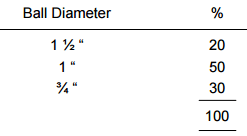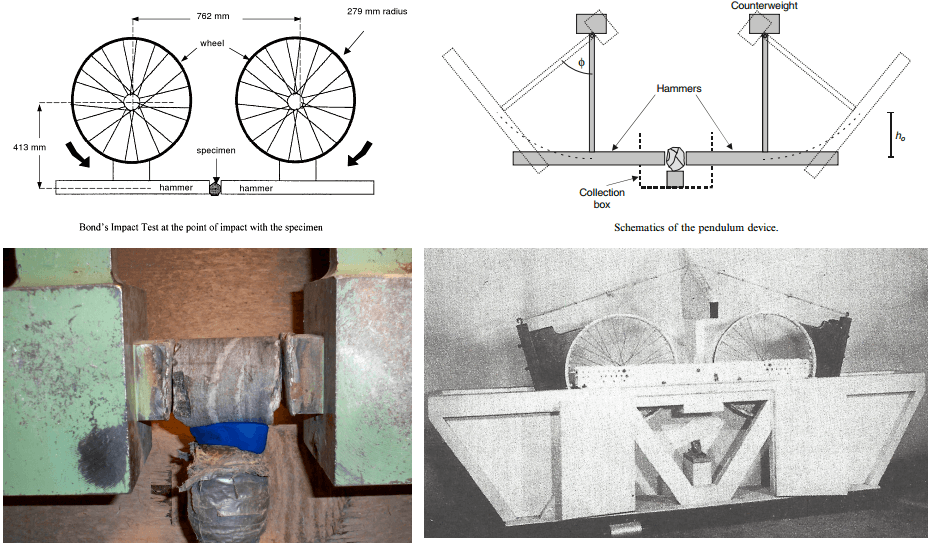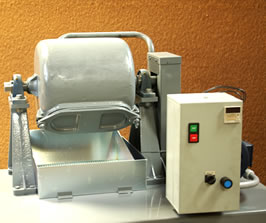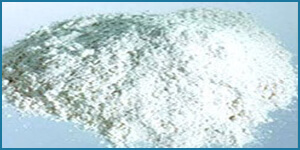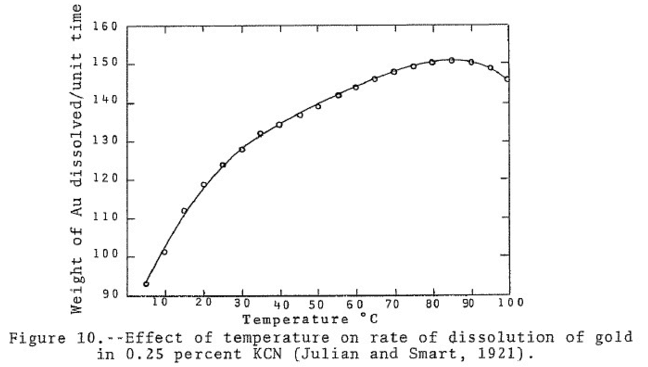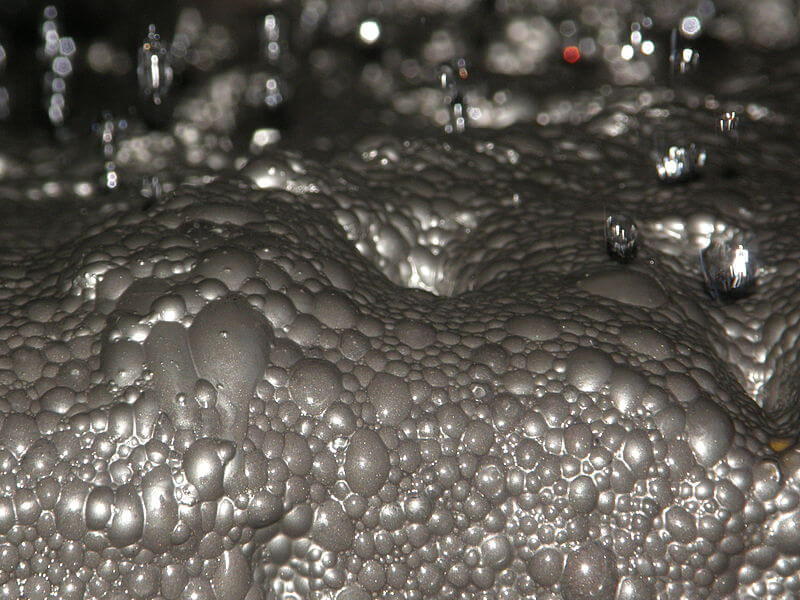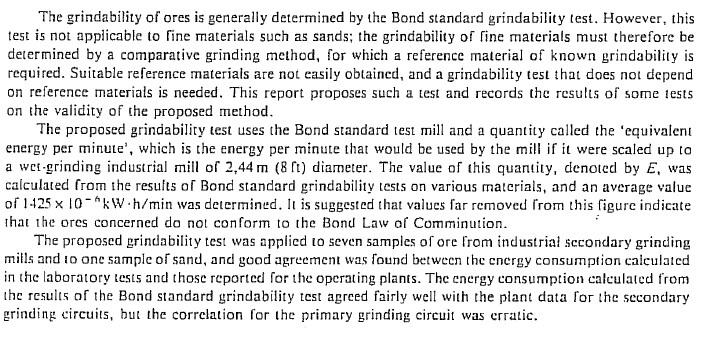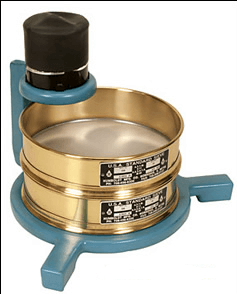Relative Bond Work Index BWi | Comparative Grindability Test Procedure
The test is designed to give a reasonable indication of the grinding work index of an ore material relative to one or more known standards. It is not applicable to mill tailings material. Basic Equipment Set of screens @ 75 to 2440 micron sizes. Ro-Tap Sieve Shaker Ball mill rolls CMS ball mill No.1 with approximately … Read more

